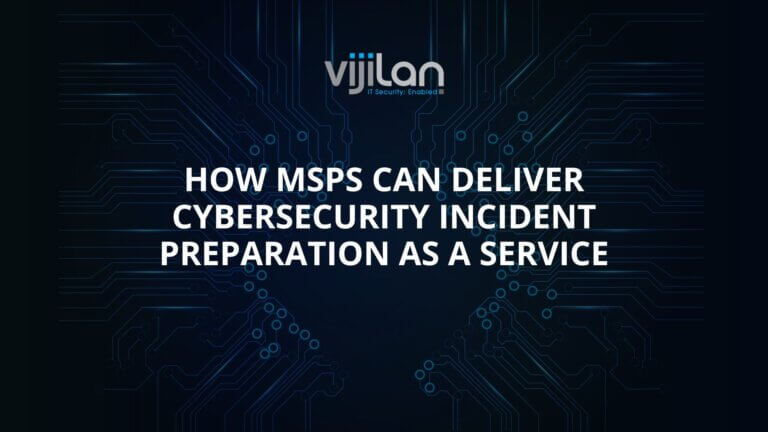Maximizing Your SIEM detection
As cyber threats continue to evolve and become more sophisticated, organizations are investing in Security Information and Event Management (SIEM) solutions to detect and respond to cyber attacks. However, just deploying a SIEM solution is not enough. Organizations need to ensure that their SIEM solution is able to effectively detect and respond to potential threats.
One way to test the effectiveness of a SIEM solution is to conduct regular tests to evaluate its detection capabilities. In this blog post, we’ll discuss some tips and techniques for testing your SIEM’s detections to ensure that it’s providing effective security monitoring.
- Define Your Test Cases
The first step in testing your SIEM’s detections is to define your test cases. This involves identifying the types of threats and attacks that your SIEM should be able to detect. This could include insider threats, malware attacks, phishing attempts, and other common attack scenarios.
Once you have identified the types of threats and attacks, you can develop test cases that simulate these scenarios. For example, you could simulate a malware attack by running a test script that executes a malicious payload.
- Generate Test Data
After defining your test cases, you need to generate test data that will simulate the scenarios you identified in step one. This could involve setting up test environments with virtual machines, network traffic, and other simulated data.
The test data should be designed to mimic real-world scenarios as closely as possible. This will help ensure that your SIEM is detecting threats that are relevant to your organization.
- Run the Tests
Once you have defined your test cases and generated test data, you can run the tests to evaluate your SIEM’s detection capabilities. As you run the tests, you should be monitoring your SIEM detection to see how it responds to the simulated attacks.
Make note of any alerts or notifications that your SIEM detection generates during the test. This will help you identify any gaps in your security monitoring and detection capabilities.
- Analyze the Results
After running the tests, you need to analyze the results to identify any issues or gaps in your SIEM’s detection capabilities. This may involve reviewing log data, analyzing network traffic, and reviewing alerts and notifications.
During the analysis, you should be looking for patterns and trends that indicate areas where your SIEM detection may be lacking. This could include missed alerts, false positives, and other issues.
- Refine Your Detection Rules
Based on the results of your tests, you should refine your SIEM’s detection rules to improve its ability to detect and respond to potential threats. This may involve adding new detection rules, adjusting thresholds, or tweaking other settings.
You should also continue to test your SIEM detection on a regular basis to ensure that it’s detecting new and emerging threats. This will help you stay ahead of potential attacks and ensure that your organization’s security posture remains strong.
Conclusion
Testing your SIEM detection capabilities is an essential part of effective security monitoring. By defining test cases, generating test data, running tests, analyzing results, and refining your detection rules, you can ensure that your SIEM is providing effective protection against potential threats.
At Vijilan Security, we specialize in providing SIEM solutions and managed security services that help organizations detect and respond to cyber threats. Contact us today to learn more about how we can help you improve your organization’s security posture.





